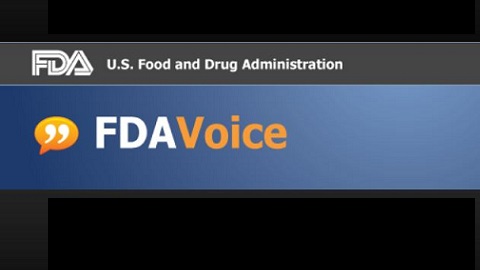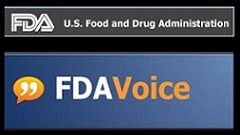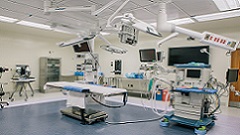The Case for Quality
By Howard Sklamberg, J.D., Jeffrey Shuren, M.D., J.D., & Melinda K. Plaisier, M.S.W. – Across FDA, we are devoting tremendous effort, in collaboration with a variety of stakeholders, toward activities that drive–and increase–product and manufacturing quality.
Read More






